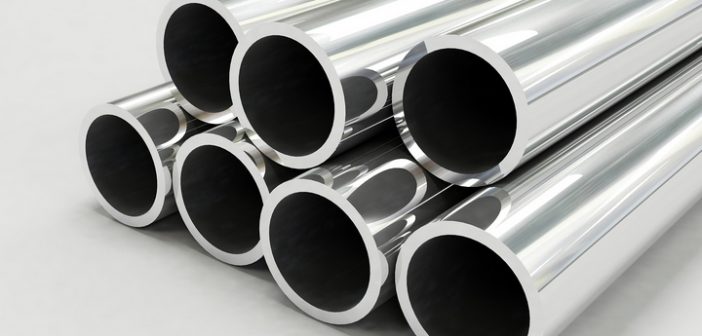We often take many objects and materials for granted in our world. One of the most common materials is steel, widely used throughout our world. In particular, stainless steel is a metal used in many industries, from construction to manufacturing. Its usefulness comes from its versatile structural arrangement.
Stainless steel is a type of metal used to construct everyday objects. Stainless steel is both an iron and an alloy. This is due to the stainless nature of the material. There must be at least ten percent of chromium inside the steel to be regarded as stainless. Many steel suppliers request that this criterion be fulfilled first, as it will dictate the quality of a result.
Although the steel’s intended use may vary, stainless steel will always be a high-quality composition. Let’s learn more about what is stainless steel and what it works:
Stainless Steel Composition
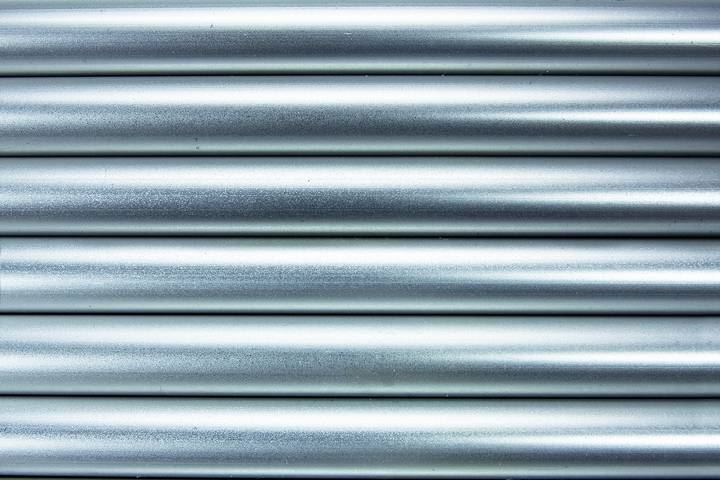 Despite stainless steel being of a pure composition, other materials may be added in for the most part. Many components made out of metal also include elements such as nickel or carbon. You may also discover that stainless steel objects contain sulphur or copper.
Despite stainless steel being of a pure composition, other materials may be added in for the most part. Many components made out of metal also include elements such as nickel or carbon. You may also discover that stainless steel objects contain sulphur or copper.
It is not just for its sake either when adding additional elements to the stainless steel. These elements are vital since the metal needs to be high quality and unaffected by external factors. The result will be great in quality and equipped with higher resistance levels.
Stainless Steel Qualities
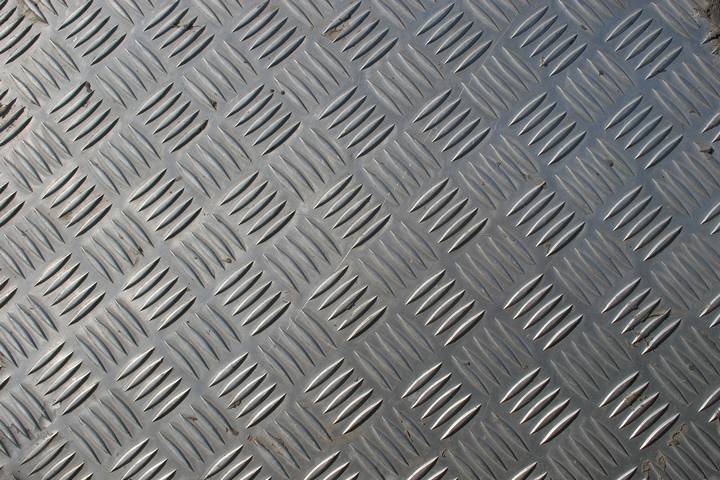 Stainless steel is awesome due in part to the production process of the material. The final result will be incredibly versatile and of ridiculous quality. Initially, most stainless steel products will be resistant to corrosion. Moreover, they can also be very powerful in terms of structural integrity.
Stainless steel is awesome due in part to the production process of the material. The final result will be incredibly versatile and of ridiculous quality. Initially, most stainless steel products will be resistant to corrosion. Moreover, they can also be very powerful in terms of structural integrity.
The material is also known for being welded flexibly. This quality is especially important since stainless steel can be used for various purposes. If one chooses to take a closer look at its composition, the steel can also be used to control magnetism. Of course, this is only in a microscopic capacity, but it is interesting nonetheless.
How to Make Stainless Steel
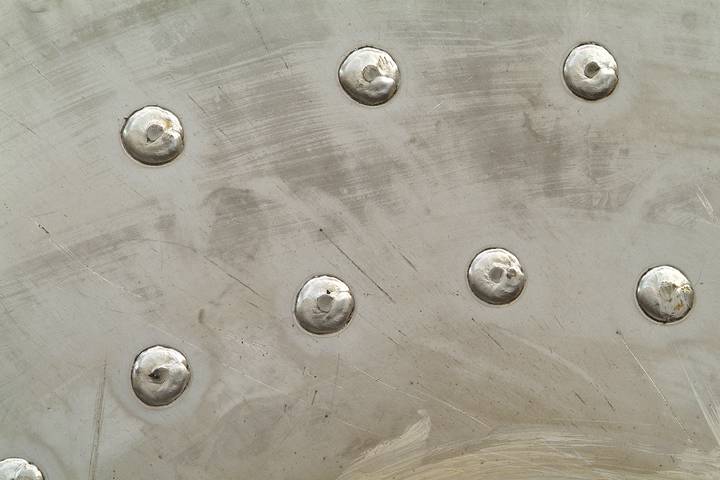 When it comes to creating stainless steel, the process can vary from product to product. However, the steps to make the material, in the beginning are similar. Take the process of melting down metal scraps and additives, for example. This part of the process includes using an incredibly powerful furnace.
When it comes to creating stainless steel, the process can vary from product to product. However, the steps to make the material, in the beginning are similar. Take the process of melting down metal scraps and additives, for example. This part of the process includes using an incredibly powerful furnace.
Then, the furnace will be on for a long period to fully break down all the materials inside. The result will be a molten mixture that will then be used in a meticulous secondary process. Stainless steel is recyclable, too, despite containing ingredients that were originally not!
Tuning
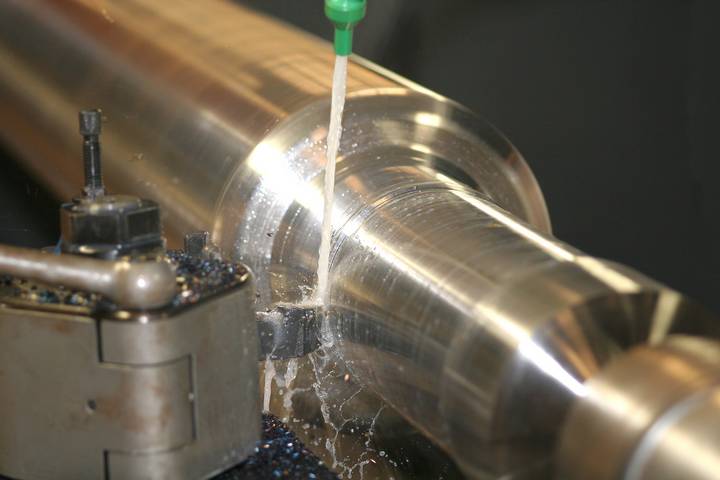 The aforementioned secondary process of creating stainless steel has to do with what is known as tuning. Once the carbon content has been removed from the molten mixture, a balancing of temperature and chemistry occurs. Adjustments are then made to ensure that the material can be fully transformed into the desired product.
The aforementioned secondary process of creating stainless steel has to do with what is known as tuning. Once the carbon content has been removed from the molten mixture, a balancing of temperature and chemistry occurs. Adjustments are then made to ensure that the material can be fully transformed into the desired product.
Casting
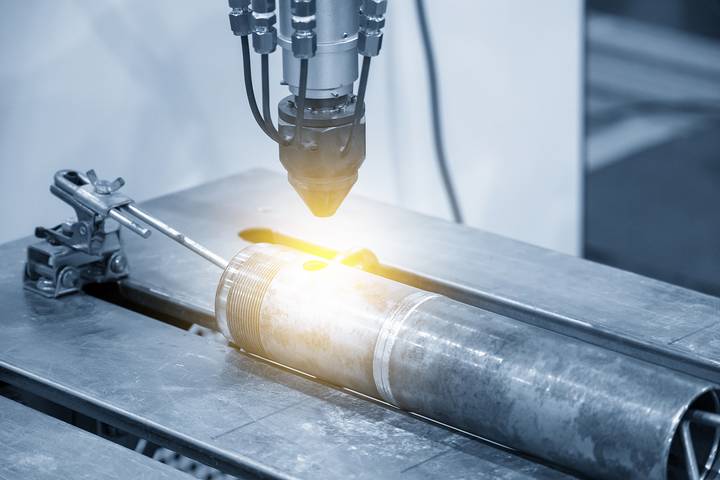 One of the final steps of creating stainless steel has to do with the casting. Also known as forming, this part involves cooling and working the steel itself. Depending on what is needed, several techniques are employed. Hot rolling is a method used to set the physical dimensions of the material.
One of the final steps of creating stainless steel has to do with the casting. Also known as forming, this part involves cooling and working the steel itself. Depending on what is needed, several techniques are employed. Hot rolling is a method used to set the physical dimensions of the material.
The opposite method, known as cold rolling, will be employed to create a more appealing finish for the steel. No matter what process is used to form the stainless steel, only the highest manufacturing standards will be active.
Finishing
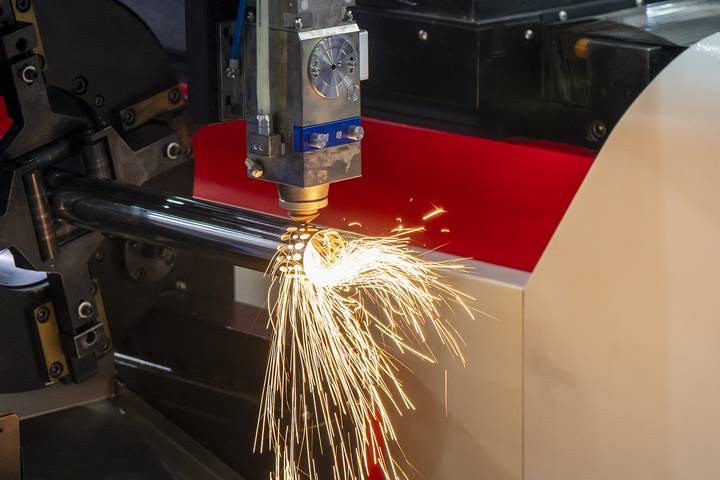 After all, is said and done, stainless steel will be cut up into the desired frames as set out by the manufacturer. As a result, there can be many final forms of the material once it has been cut and formed.
After all, is said and done, stainless steel will be cut up into the desired frames as set out by the manufacturer. As a result, there can be many final forms of the material once it has been cut and formed.
The steel is rolled into the final state and readied for the inevitable shipping process to the customer. Of course, this process will vary from client to client. However, it is a process that will have been all the more worth it!

